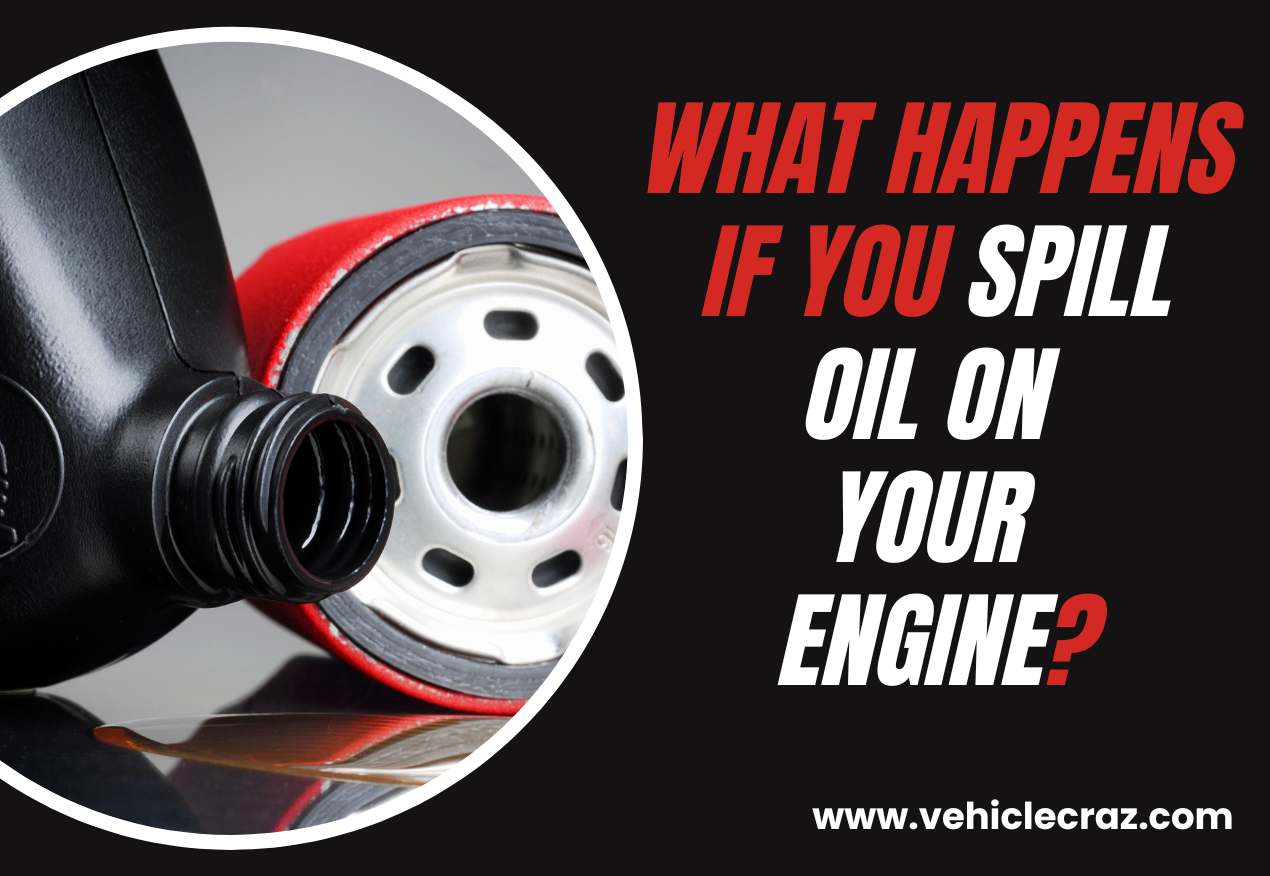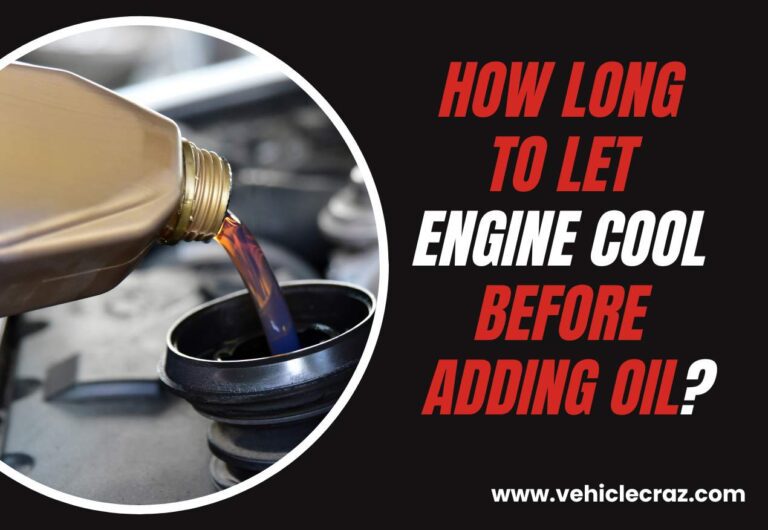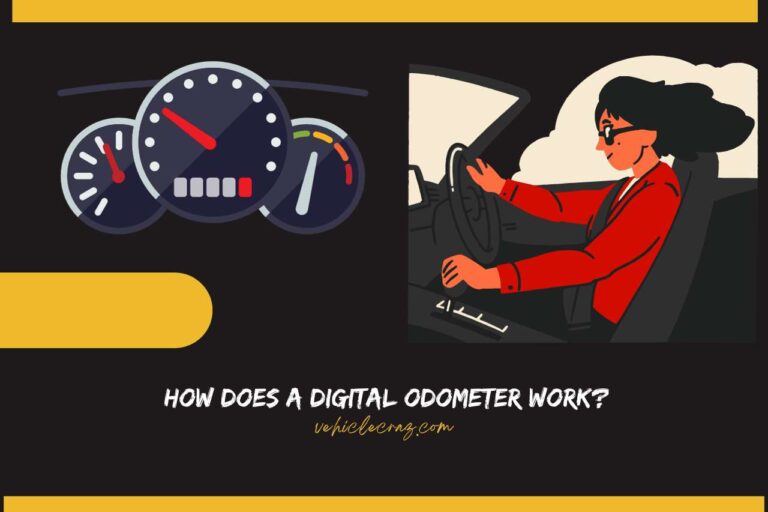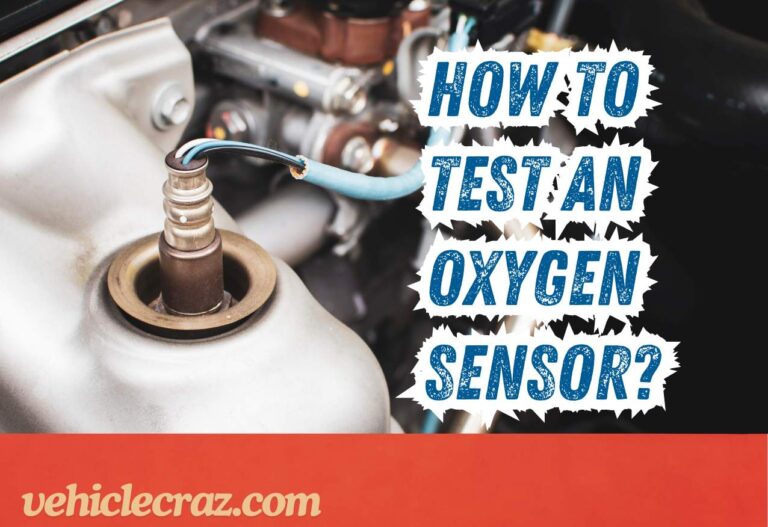What Happens If You Spill Oil on Your Engine?
Oil spills on engines are a common scenario that can happen to anyone, but what should you do next? What happens if you spill oil on your engine? Understanding the effects of spilled oil on your engine and how to properly clean it up is crucial and that is why we thought to write this informative article. Let’s get started.
What Happens If You Spill Oil on Your Engine?
Spilling oil on your engine can have several consequences, both immediate and long-term. Let us explain what happens when oil spills on the engine.
Smoke and Smell
When oil spills onto hot engine components, such as the exhaust manifold or engine block, it can be subjected to high temperatures. As a result, the spilled oil can start to evaporate and burn off due to the heat. This burning oil creates smoke, which is often visible, especially if the spill is significant.
The burnt smell is a result of the oil vaporizing and releasing volatile compounds into the air. These compounds have a distinct odor that is often described as burnt or acrid. The smell can be quite strong and unpleasant, and it can linger for some time after the spill has occurred.
In addition to the visible smoke and smell, the burning oil can also create a thin film of residue on nearby engine components. This residue can further contribute to the smell and may need to be cleaned off to prevent it from affecting engine performance.
Overall, the smoke and smell associated with spilling oil on hot engine components are signs that the oil is being burnt off due to the heat. While this may not cause immediate damage, it is important to clean up the spill and address any underlying issues to prevent further problems.
Fire Hazard
Oil is indeed flammable, and when it is spilled on a hot engine, the risk of fire increases.
Engine oil has an ignition temperature, which is the temperature at which it will catch fire. When oil is spilled on a hot engine, the heat from the engine can raise the temperature of the oil to or above its ignition temperature.
As the spilled oil heats up, it can also produce flammable vapors. These vapors can ignite if they come into contact with a spark or open flame, such as from a nearby component or electrical source.
Once ignited, the fire can quickly spread to other parts of the engine and vehicle. This can lead to extensive damage to the engine, wiring, and other components, as well as posing a risk to anyone nearby.
Most importantly, putting out a fire caused by spilled oil on a hot engine can be challenging. Water is ineffective, as oil and water do not mix, and adding water can cause the oil to spread further.
Contamination
When oil is spilled on an engine, it can spread to other components and areas where it shouldn’t be. This can lead to contamination of these components and fluids, causing several potential issues:
Spilled oil can seep into gaskets, seals, and other parts of the engine, causing them to deteriorate and develop leaks. These leaks can lead to a loss of oil, which can result in insufficient lubrication and increased friction in the engine. Over time, this can cause damage to the engine and its components.
Contaminated engine components, such as rubber hoses or wiring, can degrade more quickly than normal. This can lead to premature failure of these components, requiring costly repairs or replacements.
Corrosion
When engine oil spills onto metal surfaces, it can accelerate corrosion due to several factors
Oil can absorb moisture from the environment, creating a thin layer of water/oil mixture on metal surfaces. This moisture can lead to accelerated corrosion, especially in the presence of oxygen and contaminants.
Over time, oil can break down and form acidic compounds. These acids can react with metal surfaces, accelerating the corrosion process.
In addition, oil can react with certain metals, such as copper, lead, and zinc, leading to corrosion. This is more likely to occur if the oil is contaminated with other substances or if it remains in contact with the metal for an extended period.
Also, fluctuations in temperature can also contribute to corrosion. When oil is heated by the engine, it can expand and contract, creating stress on metal surfaces and potentially accelerating corrosion.
How to Clean Up Oil Spills on Your Engine?
Cleaning up oil spills on your engine requires a few simple steps.
- Before you start, ensure the engine is cool to avoid burns. Also, wear gloves and eye protection to protect yourself from chemicals and sharp edges.
- Use an absorbent material like kitty litter, sawdust, or an absorbent pad to soak up the spilled oil. Sprinkle the absorbent material over the spill and let it sit for a few minutes to absorb the oil.
- Use a plastic scraper or stiff brush to scrape the absorbed oil into a dustpan or container. Sweep up any remaining absorbent material and dispose of it properly.
- Use a degreaser or engine cleaner to clean the affected area. Spray the cleaner onto the surface and scrub with a brush or rag to remove any remaining oil residue.
- Rinse the area with water to remove the cleaner and any remaining oil. Dry the area thoroughly with a clean rag or towel.
- Dispose of the used absorbent material, cleaner, and any contaminated rags or towels according to local regulations.
How to prevent Motor Oil Spills When Pouring Oil into the Engine?
Here is how to prevent motor oil spills when adding oil.
Use a Funnel – A funnel helps direct the flow of oil into the engine’s filler hole, making it easier to pour without spilling. Choose a funnel with a wide opening to ensure a smooth pour.
Pour Slowly and Steadily – Pouring oil slowly and steadily reduces the chances of splashing or overflowing. This allows you to maintain better control over the pouring process and prevents spills.
Check the Fill Level – As you pour the oil, periodically check the oil level using the dipstick. This helps prevent overfilling, which can lead to spills when replacing the oil cap.
Clean the Filler Cap – Before pouring oil, inspect the filler cap for any dirt, debris, or old gasket material. A clean filler cap ensures a proper seal, reducing the risk of leaks and spills.
Secure the Cap Properly – After adding oil, securely tighten the filler cap to ensure it is properly sealed. A loose cap can lead to oil leaks and spills, especially when driving.
Check for Leaks – After adding oil, visually inspect the engine for any signs of leaks. Look for oil around the oil filter, drain plug, and filler cap. If you notice any leaks, address them promptly to prevent spills and engine damage.
You May Also Like
- How Long to Let Engine Cool Before Adding Oil?
- How Hot Does Motor Oil Get?
- How Much Does a Gallon of Motor Oil Weigh?


I’m Alex, a seasoned mechanical teacher with over 20 years of hands-on experience in Australia. My passion for all things automotive has driven me to establish this blog, aiming to share my wealth of knowledge and expertise with fellow enthusiasts, DIYers, and anyone keen on understanding the mechanics behind the machines we rely on daily.







